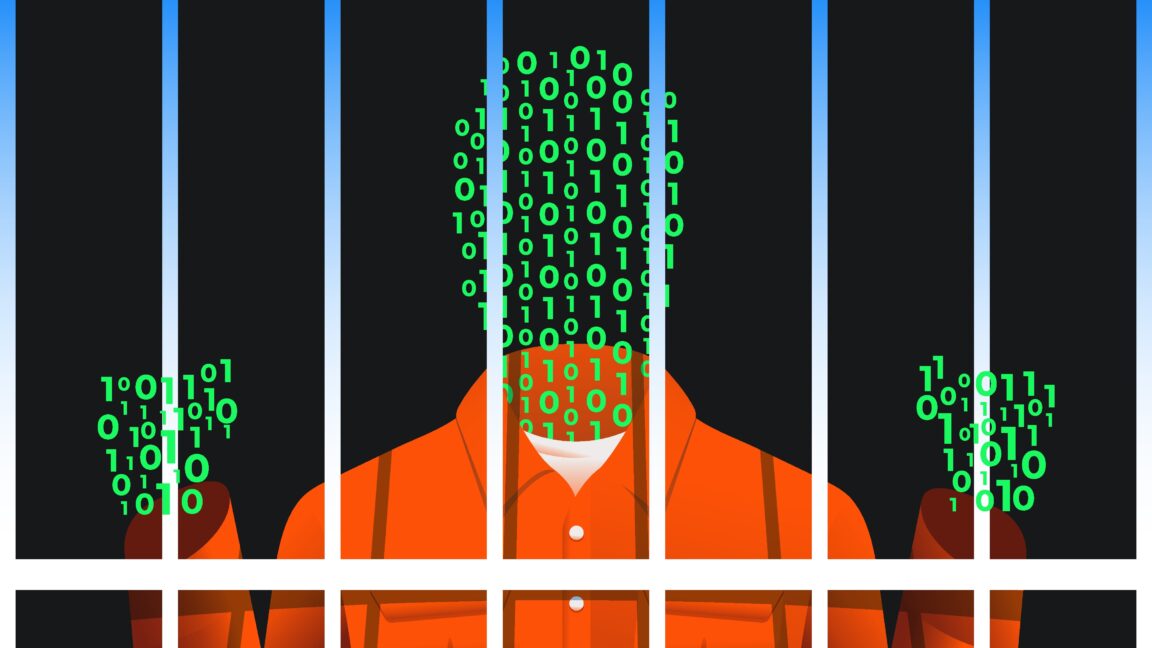Hack or Be Hacked: Anthropic Throws Down the AI Security Gauntlet

After an intense marathon of cybersecurity challenges, a week-long public testing phase has been launched following thousands of hours of unsuccessful bug bounty attempts. Security researchers and ethical hackers have been invited to rigorously test the system's defenses, marking a critical milestone in the ongoing quest to identify and resolve potential vulnerabilities.
The preceding 3,000+ hours of bug bounty challenges had proven fruitless, with no participants successfully breaching the system's security protocols. This comprehensive public test represents a pivotal moment, offering a fresh perspective and a broader pool of expert scrutiny.
Cybersecurity teams are optimistic that this extended public testing will provide valuable insights and potentially uncover hidden weaknesses that previous attempts might have missed. The week-long initiative aims to stress-test the system's resilience and demonstrate a commitment to proactive security measures.
Participants are being encouraged to employ diverse testing strategies, leveraging their unique expertise and innovative approaches to probe the system's defenses. The stakes are high, with potential rewards for those who can identify and responsibly disclose any significant security vulnerabilities.
As the public testing phase unfolds, cybersecurity experts and stakeholders await the results with keen interest, hoping to strengthen digital infrastructure and enhance overall system security.

